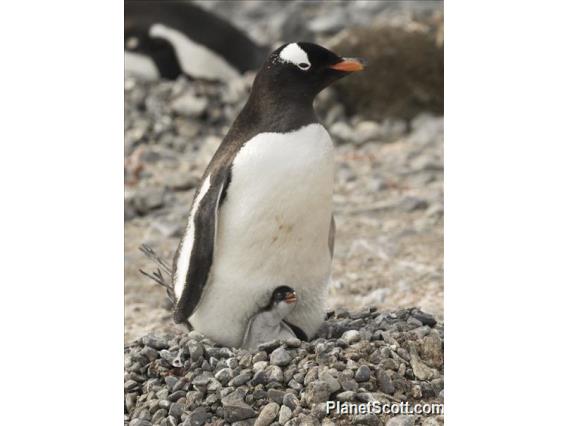Gentoo Penguin (Pygoscelis papua)

Gentoo Penguin (Pygoscelis papua)

Gentoo Penguin (Pygoscelis papua)

Gentoo Penguin (Pygoscelis papua)

Gentoo Penguin (Pygoscelis papua)

Gentoo Penguin (Pygoscelis papua)

Gentoo Penguin (Pygoscelis papua)






×







Gentoo Penguin (Pygoscelis papua)

Gentoo Penguin (Pygoscelis papua)

Gentoo Penguin (Pygoscelis papua)

Gentoo Penguin (Pygoscelis papua)

Gentoo Penguin (Pygoscelis papua)

Gentoo Penguin (Pygoscelis papua)
About Gentoo Penguin (Pygoscelis papua)
- Kingdom: Animals
- Phylum: Chordates
- Class: Birds
- Order: Pelicans
- Family: Penguins
The gentoo penguin is a penguin species in the genus Pygoscelis, most closely related to the Adélie penguin and the chinstrap penguin. The earliest scientific description was made in 1781 by Johann Reinhold Forster with a type locality in the Falkland Islands. The species calls in a variety of ways, but the most frequently heard is a loud trumpeting, which the bird emits with its head thrown back.
Source: Wikipedia
Visits
-
2005-02-02
Ushuaia - Beagle Channel, ArgentinaShort glimpse. Island was chock full of Magellanic Penguins. -
-
-
-
-







